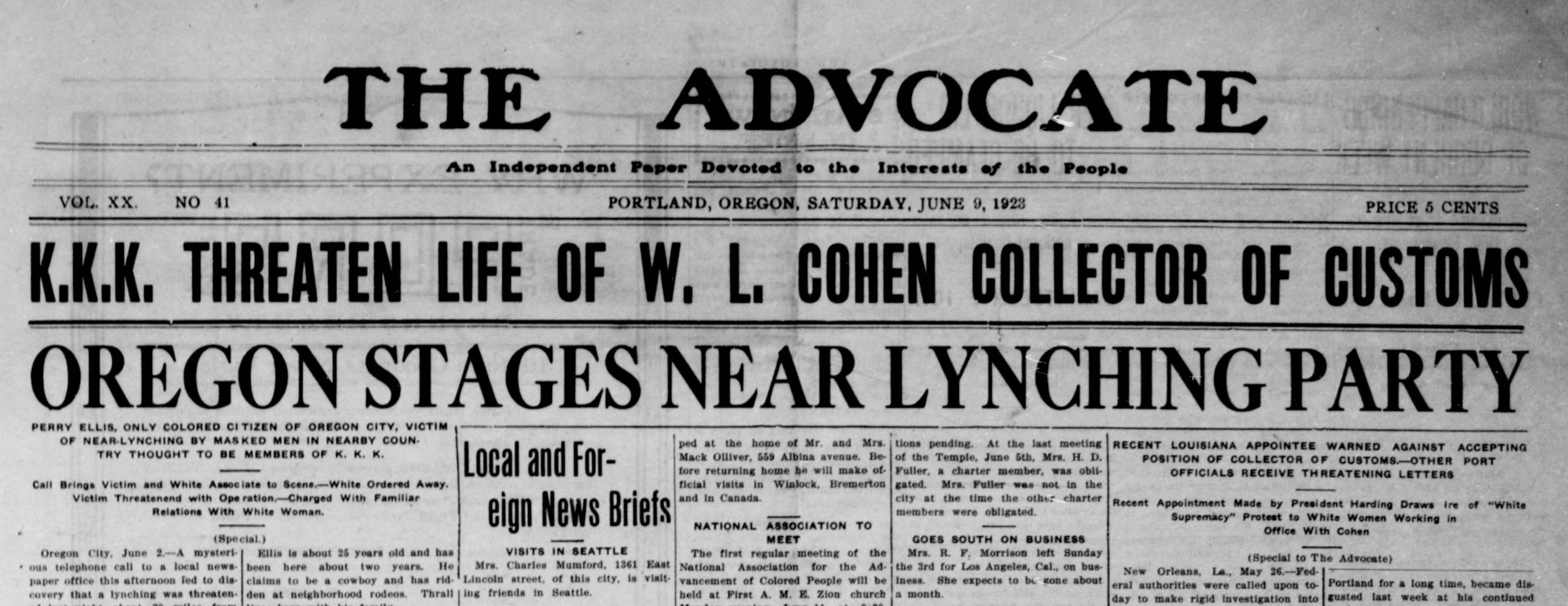News Articles for Beginners
News Articles for Beginners
Blog Article
The Facts About News Articles Uncovered
Table of ContentsThe 4-Minute Rule for News ArticlesThe Facts About News Articles UncoveredThe Basic Principles Of News Articles News Articles Can Be Fun For EveryoneAll About News Articles
Great expertise of different subjects offers trainees a competitive edge over their peers. Despite the fact that digital and social networks are conveniently accessible, we need to not neglect just how vital it is to review the newspapers. Moms and dads have to try and inculcate the habit of reviewing a newspaper as a day-to-day regimen to continue the tradition of the revered print medium.News tales additionally contain a minimum of among the adhering to crucial characteristics about the desired audience: closeness, importance, timeliness, human interest, quirk, or consequence. The associated term journalese is sometimes used, generally pejoratively, to refer to news-style writing. One more is headlinese. Newspapers generally stick to an expository writing design.
Within these limitations, news tales additionally aim to be comprehensive. Nonetheless, various other variables are entailed, some stylistic and some stemmed from the media form. Among the larger and much more reputable papers, fairness and equilibrium is a significant element in offering information. Discourse is usually restricted to a different area, though each paper may have a various general slant.
Papers with a worldwide audience, for instance, often tend to make use of a much more official style of writing. The certain selections made by an information electrical outlet's editor or editorial board are typically collected in a design guide; common design overviews consist of the and the US News Design Publication. The main goals of information writing can be summed up by the ABCs of journalism: accuracy, brevity, and clarity.
10 Simple Techniques For News Articles
As a policy, journalists will certainly not utilize a lengthy word when a brief one will do. Information authors attempt to stay clear of making use of the same word extra than once in a paragraph (in some cases called an "echo" or "word mirror").
However, headings often leave out the subject (e.g., "Jumps From Watercraft, Catches in Wheel") or verb (e.g., "Pet cat woman lucky"). A subhead (likewise subhed, sub-headline, subheading, caption, deck or dek) can be either a subservient title under the primary headline, or the heading of a subsection of the short article. It is a heading that comes before the major text, or a group of paragraphs of the primary text.

Additional signboards of any of these kinds might appear later on in the short article (specifically on succeeding you could try this out pages) to tempt further reading. Such billboards are also used as reminders to the short article in various other areas of the magazine or website, or as ads for the piece in various other magazine or websites. Regular framework with title, lead paragraph (recap in strong), various other paragraphs (information) and call info.

Example of a hard-lead paragraph NASA is proposing another room project. The spending plan requests roughly $10 billion for the job.
The NASA statement came as the firm asked for $10 billion of appropriations for the task. An "off-lead" is the second most essential front web page information of the day. The off-lead shows up either in the top left edge, or straight listed below the lead on the right. To "bury the lead" is to begin the article with background info or details of additional significance to the readers, forcing them to read more deeply right into a post than they should need to in order to uncover the essential factors.
Not known Details About News Articles
Usual usage is that or two sentences each form their very own paragraph. Reporters typically describe the organization or structure of a news tale as an upside down pyramid. The essential and most interesting elements of a tale are put at the beginning, with sustaining details complying with in order of decreasing value.
It permits people to explore a topic to just the depth that their interest takes them, and without the imposition of details or nuances that they can think about unimportant, but still making that information readily available to more interested viewers. The inverted pyramid framework additionally allows articles to be cut to any arbitrary length throughout layout, to suit the room readily available.
Some authors begin their tales with the "1-2-3 lead", yet there are many kinds of lead available. A twist can refer to multiple points: The last tale in the information program; a "delighted" story to finish the program.
Longer articles, such as publication cover write-ups and the pieces that lead the within areas of a newspaper, are see this site known as. Function stories differ from straight information in a number of means.
The 10-Minute Rule for News Articles
The journalist typically details interactions with meeting subjects, making the piece extra personal. A function's initial paragraphs often connect an interesting moment or event, as in an "anecdotal lead". From the particulars of an individual or episode, its sight promptly expands to generalities regarding the tale's subject. The area that signals what an attribute has to do with is called the or billboard.

The Editor's Toolbox: A Recommendation Overview for Beginners and Professionals (2001) Allan M. Siegal and William G. Connolly. The New York City Times Manual of Style and Usage: The Authorities Style Guide Used by the Writers and Editors of the World's The majority of Reliable Newspaper (2002) M. L. Stein, Susan Paterno, and R.
Report this page